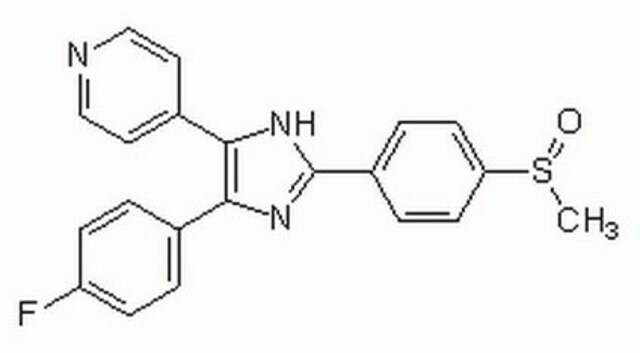677418
Hydroxylapatit
nanopowder, <200 nm particle size (BET), ≥97%, synthetic
Synonym(e):
Calciumphosphat tribasisch, Calciumhydroxyphosphat, Dreibasisches Kalziumphosphat, HAp, Hydroxylapatit
About This Item
Empfohlene Produkte
Qualitätsniveau
Assay
≥97%
Form
nanopowder
solid
Oberflächenbereich
>9.4 m2/g
Partikelgröße
<200 nm (BET)
mp (Schmelzpunkt)
1100 °C (lit.)
SMILES String
[Ca++].[Ca++].[Ca++].[Ca++].O[Ca+].[O-]P([O-])([O-])=O.[O-]P([O-])([O-])=O.[O-]P([O-])([O-])=O
InChI
1S/5Ca.3H3O4P.H2O/c;;;;;3*1-5(2,3)4;/h;;;;;3*(H3,1,2,3,4);1H2/q5*+2;;;;/p-10
InChIKey
XYJRXVWERLGGKC-UHFFFAOYSA-D
Suchen Sie nach ähnlichen Produkten? Aufrufen Leitfaden zum Produktvergleich
Allgemeine Beschreibung
Anwendung
Poly(natrium-4-styrolsulfonat)-modifizierte Hydroxyapatit-Nanopartikel können als Arzneimittelträger für Vancomycin eingesetzt werden. Hydroxyapatit-Nanopartikel steuern die Freisetzung von Antibiotika nach der Implantation eines Gerüsts im Körper.
Poröse Hydroxyapatit-Mikrosphären weisen eine hohe Adsorptionskapazität für Schwermetalle auf und können bei der Behandlung von mit Schwermetallen kontaminiertem Wasser eingesetzt werden.
Leistungsmerkmale und Vorteile
- Bioaktiv und biokompatibel
- Gute mechanische Festigkeit
- Poröse Struktur
- Osteoinduktive und osteointegrative Eigenschaften
Rechtliche Hinweise
Lagerklassenschlüssel
13 - Non Combustible Solids
WGK
WGK 1
Flammpunkt (°F)
Not applicable
Flammpunkt (°C)
Not applicable
Persönliche Schutzausrüstung
dust mask type N95 (US), Eyeshields, Gloves
Hier finden Sie alle aktuellen Versionen:
Besitzen Sie dieses Produkt bereits?
In der Dokumentenbibliothek finden Sie die Dokumentation zu den Produkten, die Sie kürzlich erworben haben.
Kunden haben sich ebenfalls angesehen
Artikel
Nanomaterials for Biomedical Applications
Innovation in dental restorative materials is driven by the need for biocompatible and natural-appearing restoration alternatives. Conventional dental materials like amalgam and composite resins have inherent disadvantages.
A key challenge for nanomaterial safety assessment is the ability to handle the large number of newly engineered nanomaterials (ENMs), including developing cost-effective methods that can be used for hazard screening.
Unser Team von Wissenschaftlern verfügt über Erfahrung in allen Forschungsbereichen einschließlich Life Science, Materialwissenschaften, chemischer Synthese, Chromatographie, Analytik und vielen mehr..
Setzen Sie sich mit dem technischen Dienst in Verbindung.







